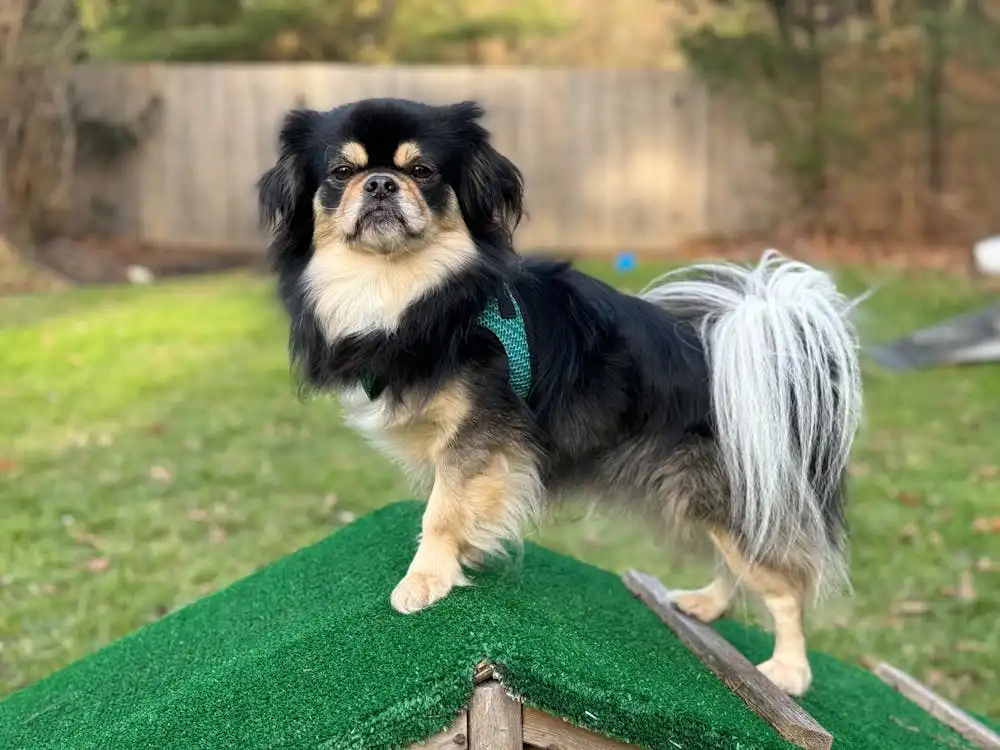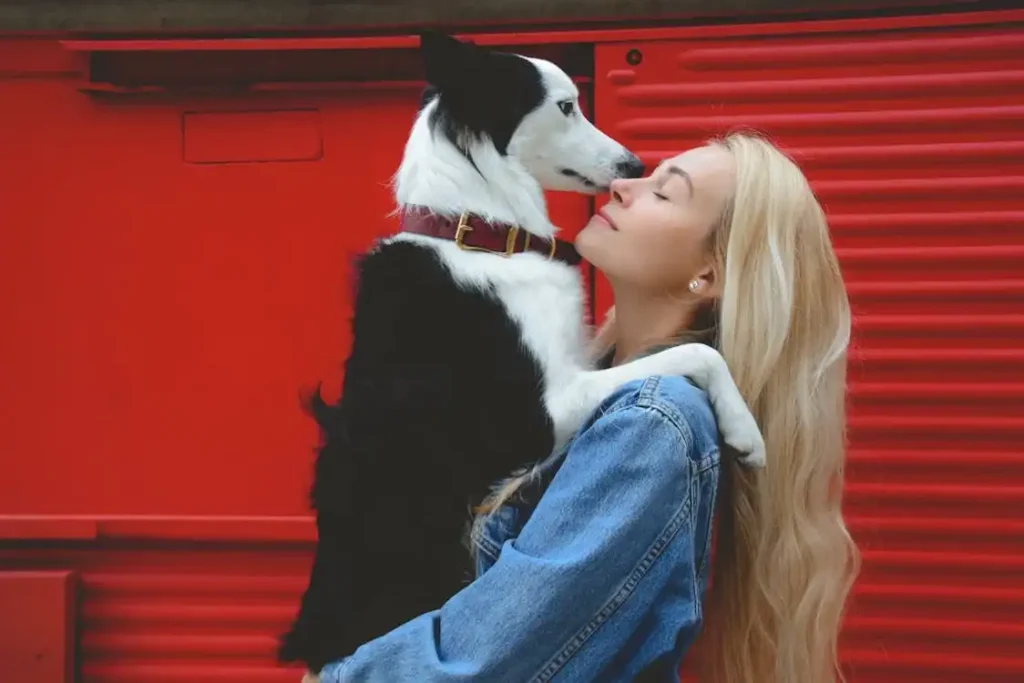Crate training offers numerous benefits for both you and your dog. For many pups, a crate becomes a cozy den, a safe space to relax and feel secure. This guide will explore the advantages of crate training and provide tips for successfully implementing it in your furry friend’s life.

Understanding the Benefits of Crate Training
Crate training goes beyond simply confining your dog. Here are some key benefits to consider:
- Potty Training Aid: Crates can be a valuable tool for house training. Dogs naturally avoid eliminating in their den, and the crate provides a limited space that discourages accidents.
- Reduced Anxiety: Crates can offer a sense of security and comfort for dogs. This is especially helpful for new puppies adjusting to a new environment or anxious dogs who struggle during stressful situations.
- Safe Space: Crates provide a safe haven for your dog when you’re unable to supervise them directly. This prevents accidents, destructive chewing, or unwanted barking.
- Travel Ease: Dogs accustomed to crates readily adjust to traveling in crates, making car rides and vet visits less stressful for both of you.

Choosing the Right Crate
The size of the crate is crucial in crate training. Your dog should be able to comfortably stand, turn around, and lie down in a relaxed position. As your puppy grows, you might need to invest in a larger crate.
Introducing the Crate Positive
Here’s how to introduce your dog to their crate and create a positive association:
- Leave the crate open and inviting: Place the crate in a quiet area of your home. Add comfortable bedding and toss in some treats or a favorite toy to entice your dog to explore.
- Feed meals near the crate: Gradually move your dog’s food and water bowl closer to the crate, eventually placing them inside. This creates a positive association with entering the crate.
- Short Crate Sessions: Begin with short crate sessions with the door open. Reward your dog with praise and treats for calmly entering and staying in the crate. Gradually increase the duration of these sessions.
- Crate Games: Play short games of fetch or hide treats inside the crate to encourage your dog to view it as a fun and rewarding space.

Crate Training Tips
Here are some additional tips for successful crate training:
- Crate at Night: Start using the crate at night, gradually increasing the time your dog spends crated throughout the day.
- Don’t Use the Crate as Punishment: Never use the crate as a punishment for bad behavior. This will create a negative association and hinder the training process.
- Cover the Crate (Optional): Some dogs find a covered crate more den-like and comforting. Experiment to see if your dog prefers a covered or uncovered crate.
- Be Patient and Consistent: Crate training takes time and patience. Be consistent with your routine and positive reinforcement techniques.

A Secure and Comfortable Space
By following these tips, you can successfully crate train your dog and create a safe haven for them to relax and feel secure. A crate should never be a place of punishment, but rather a cozy den where your furry friend can retreat and unwind.

